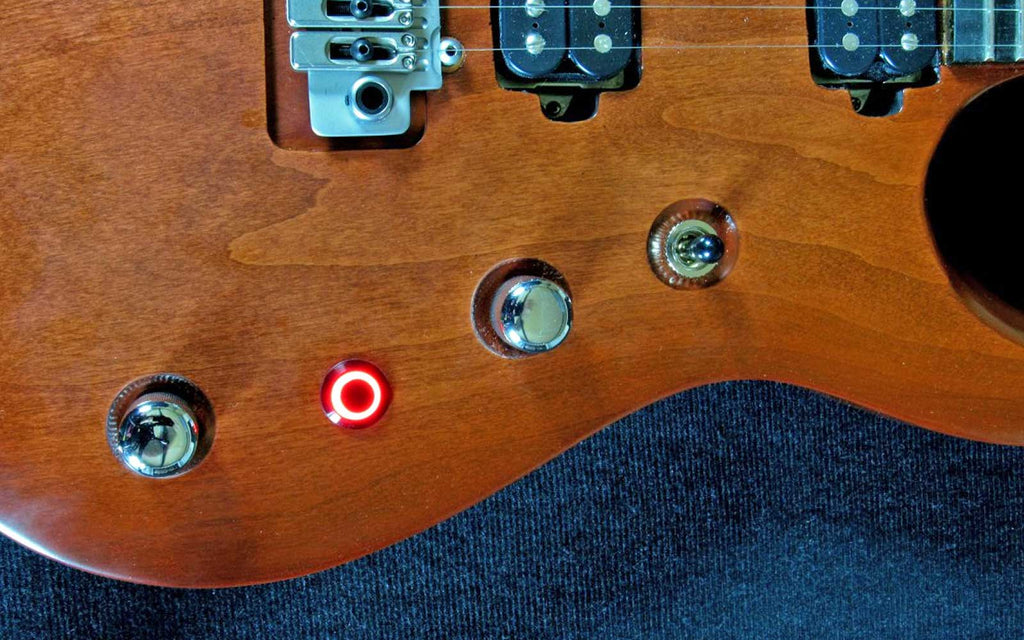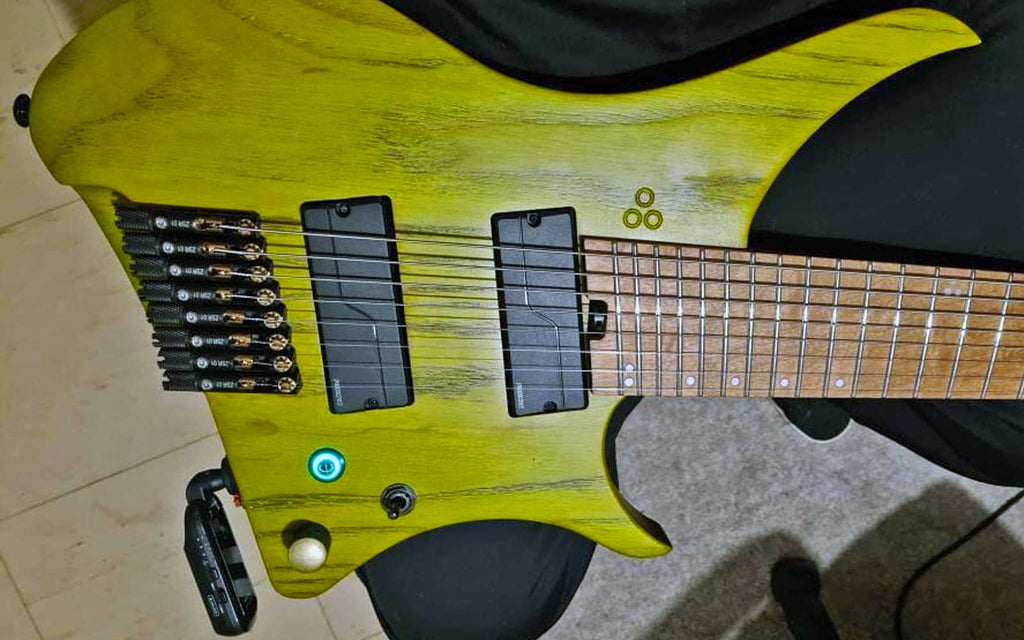Types of Kill Switches For Guitar: Exploring Varieties & Uses
June 16, 2024
Guitar kill switches are an intriguing addition to the guitarist's toolkit, offering a creative way to add rhythmic silence to their music. Essentially, a kill switch is an electrical component that, when engaged, interrupts the signal from the guitar to the amplifier, resulting in a sudden cut-off of sound.
This technique can be used to create dramatic staccato effects that punctuate the music with silence, adding an extra layer of expression to a performance. There are several types of kill switches available to guitarists, each with its own method of operation and unique features that cater to different playing styles and preferences.
The most common types of kill switches are momentary and latching (toggle) switches. Momentary switches only cut the signal when they are being pressed, making them perfect for quick, staccato interruptions. In contrast, latching switches maintain their position once toggled, either cutting off the signal or allowing it to pass through until they are pressed again, offering sustained periods of silence.
For players looking for visual feedback or stage flair, there are also LED-equipped kill switches that light up, providing both a cool aesthetic and practical indication on dark stages. Each type of kill switch offers guitarists a different way to control their sound and inject personality into their music.

Types & Components of Guitar Kill Switches
Guitar kill switches offer you the ability to control your guitar's sound output in creative ways. Whether it's for the staccato effect in a live performance or just added versatility in the studio, understanding the types and components involved is crucial for effective use and installation.
Momentary Kill Switches
Momentary kill switches are a type that disengages sound as long as you apply pressure to the button, and the sound returns once you release it.
This type of switch usually comes in two forms: normally open or normally closed. Normally open configurations interrupt the signal when pressed, whereas normally closed types cut the sound when pressure is released.
Toggle or Latching Switches
Unlike momentary switches, toggle or latching switches maintain their position until they are actuated again. This means that your sound can be turned off and on without the need for continuous pressure.
Installing toggle switches usually involves soldering wires to the potentiometers or guitar jack, and you may need to drill a hole in the pickguard to accommodate the switch.
Related: Guitar Output Jack FAQ
Built-In Volume Pot Kill Switches
Some guitarists prefer integrating kill switches into their guitar's volume pot. This can be achieved with a push-pull pot or a push-button embedded in a potentiometer, allowing you to kill the sound by simply pulling up or pushing down on the volume knob. This approach eliminates the need for additional drilling and keeps the guitar's exterior looking clean.
Guitar Kill Switch Pedals
Guitar kill switch pedals are external devices that allow guitarists to easily add a staccato 'kill' effect to their sound. These stompboxes, which connect between the guitar and amp, can feature momentary or latching functionality and often include LED indicators. They provide a versatile solution for players to create rhythmic patterns or emphasize parts of a song without modifying their instrument.
Related: 10 DIY Guitar Mods To Try: Transform Your Sound & Style
Other Types
Other types of kill switches might involve more complex wiring, including LED-illuminated buttons or switches that are integrated into the pickup selector.
Some custom setups can even include resistors and extra circuitry to modify the resistance or to place the kill switch in series or parallel with other controls, affecting the overall sound and functionality.
Each type of kill switch may require a different approach to pickups and connection—ranging from simple to complicated modifications, all of which are worth considering depending on your desired effect and commitment to modding your guitar.
Installation and Troubleshooting
Installing a guitar kill switch can significantly enhance your playing experience by providing a new dynamic to your sound through rhythmic cuts. Troubleshooting is essential to maintain the integrity of tone and to prevent unwanted noise or signal loss.

Installing a Kill Switch
To install a guitar killswitch in parallel, you'll typically wire the killswitch so that one terminal is connected to the guitar's output (hot) wire and the other terminal is connected to the ground. When the switch is pressed, it shorts the signal to ground, cutting the sound without affecting the rest of the circuit.
For a series installation, you would interrupt the hot wire between the pickups and the output jack by installing the killswitch in-line. When the switch is engaged, it breaks the circuit, resulting in no signal being sent to the amp, effectively 'killing' the sound.
In both cases, make sure your guitar is unplugged and you have the necessary tools, like a soldering iron and wire cutters. You may also need to drill a hole for the switch if your guitar doesn't already have an appropriate space.
Related: How To Install An Iron Age Guitar Kill Switch
Sound and Signal Concerns
When you engage your kill switch, only silence should be apparent. If you hear unwanted stuttering, popping noise, or hum, this indicates a possible grounding issue or interference within the circuit. Ensure your kill switch is properly grounded to the guitar's common ground to prevent these sounds. Meticulously check soldered connections for any cold joints that can introduce noise.
Related: Guitar Kill Switch Popping & What You Can Do
Technical Challenges and Solutions
If your guitar begins to produce a distorted tone or lose gain after the installation, reassess your wiring. Be sure the kill switch does not interfere with the signal path when in the default position. Incorrect placement of the switch can inadvertently add resistance or capacitance, subtly affecting the signal. For troubleshooting intricate problems, consult with a professional luthier or guitar tech who can precisely pinpoint and remedy the issue.
Performance Techniques
With your kill switch successfully installed, you can achieve a rhythmic, staccato effect reminiscent of a machine-gun. It's performed by rhythmically pressing the kill switch to temporarily cut the guitar's signal for a split second. Practice different tempos and patterns to seamlessly integrate this effect into your performances without hindering your tone or causing any unwanted noise.
Related: John 5 & Killswitches
Frequently Asked Questions
In this section, you'll find targeted information on the installation and use of different types of kill switches for guitars, as well as the functionalities that set them apart.
How do you install a kill switch on a guitar?
To install a kill switch on a guitar, you'll typically need to drill a hole in the guitar body or pickguard to fit the switch. The switch is then wired between the guitar's output and ground. Care must be taken not to damage existing wiring and components.
What differentiates a momentary kill switch from a toggle kill switch for guitars?
A momentary kill switch interrupts the signal only while it’s being pressed, creating a staccato effect. In contrast, a toggle kill switch changes state with each press, cutting or restoring the signal until switched again, offering a sustained silence.
What are the advantages of using a kill switch pedal over a traditional kill switch button?
Opting for a kill switch pedal over a button provides the advantage of hands-free operation, allowing for easier integration into complex performances. Pedals can also often be more durable due to their design for foot operation.
How does a normally open kill switch function in a guitar's circuit?
A normally open kill switch operates by disrupting the guitar's signal path to the amplifier when pressed, silencing the guitar. When released, the circuit is completed, allowing the signal to pass through again.
Also in Codex | General

Why Do Guitar Killswitches Pop & What You Can Do
November 29, 2025

Stand Triumphant: The Myth & Meaning of the Imperial Collection
November 20, 2025
Polished acrylic. Blue pearlescent depth. The Imperial Collection draws on ancient symbols—authority, discipline, restraint—to favor tone and control over brute strength. See the six roles inside...

Spec Changelog: July–December 2025
November 15, 2025
This is a running log of buyer-visible spec changes for Iron Age gear from July–December 2025. Picks, knobs, killswitches, and policies are listed by date with a short note on what changed, why, and what you might notice in use...

The Oath — How We Build & What We Stand Behind
November 12, 2025
Precision-crafted picks profiled by machine, voiced by hand. See what’s made in-house, what’s partnered, and the standards we hold—plus the oath we stand behind when shipping or wiring goes sideways.

The Sword & The Laurel: What Our Mark Demands
November 05, 2025
A sword ringed by laurels: will and earned peace in the palm of your hand. This is the creed behind our mark—and how it can ignite your next session. Begin again, on purpose...

Black Fingertips From Playing Guitar? What’s Really Going On
September 25, 2025
Noticed your fingertips turning black after playing guitar? From string chemistry to fretboard dyes and even the environment you play in, here’s what really causes it — and how to keep your hands (and gear) cleaner.
+Start Here
The Sword & Laurel — what our mark demands of the maker, and the musician.
The Oath — how we make, what’s in-house vs partnered, and what we stand behind.
+Featured
Be first to know when new picks drop. Blog updates & shop news, no noise.15% off for new subscribers.
+Choose Your Artifact
Gladiator · Imperial · Legio Ferrata · Parthenon · Ragnarok · Limited Edition · All Picks
+Affiliate Notice
As an Amazon Associate, Iron Age earns from qualifying purchases.
Iron Age Guitar Accessories
226 Douglas Way St
San Antonio, TX 78210
USA
⚔️
“Quality is never an accident. It is always the result of high intention, sincere effort, intelligent direction and skillful execution. It represents the wise choice of many alternatives.”
~William A. Foster (MOH Recipient, 1945)
- Contact
- The Oath
- Sword & Laurel
- About
- Shipping Info
- Returns & Warranty
- Account
- Rewards
- Endorsement
- Wholesale
- Privacy
- Terms
Sign up for the Iron Age newsletter to Save 15% on your 1st order, plus get exclusive offers, product updates, and early access to giveaways!
© 2025 Iron Age Guitar Accessories.
Est 2015.

